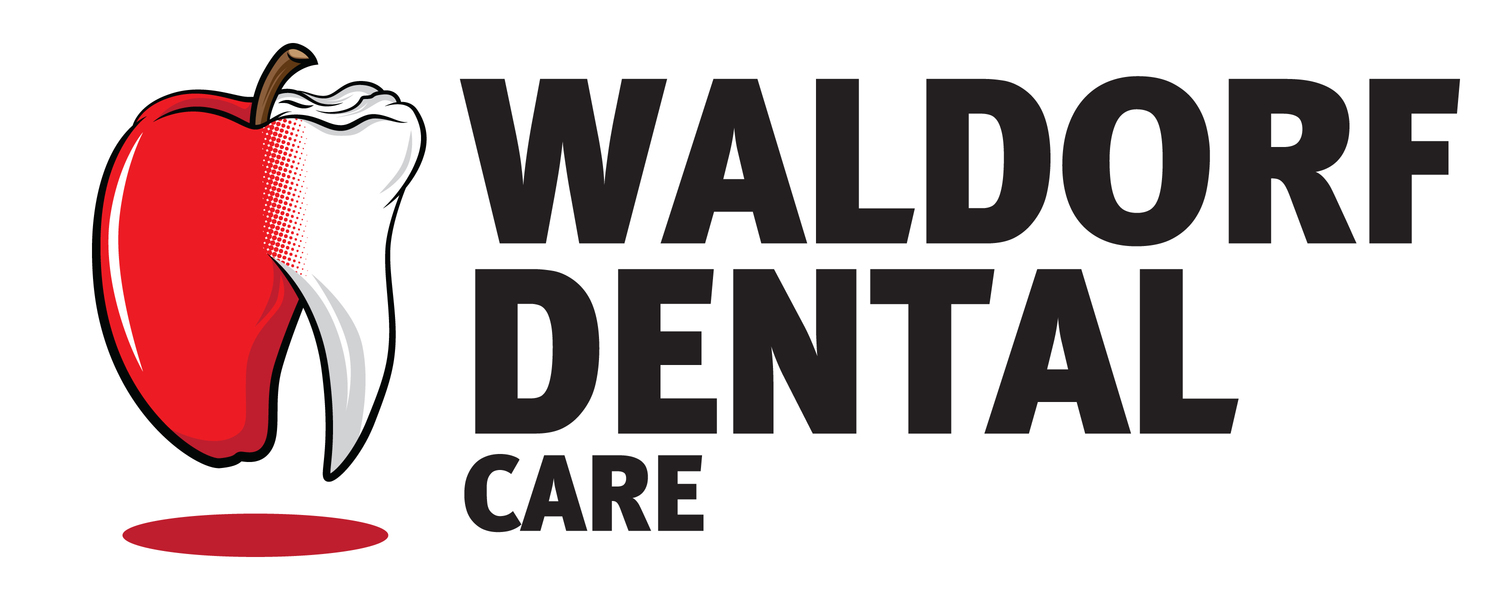The Problem:
- A missing tooth or teeth
- Bite and jaw joint problems from teeth shifting to fill the space
- Desire to improve chewing ability
- Desire for a more permanent solution than dentures
The Solution:
A bridge is a single appliance that is generally attached to two teeth on each side of the space where a tooth is missing. An artificial tooth attached in the middle of the bridge fills in the gap where the missing tooth was. The teeth on either side of the gap are prepared for crowns and a highly accurate impression or mold is made of the prepared area. This mold is used to create a gold, porcelain or ceramic bridge in a laboratory. The bridge is then cemented onto the prepared surface of the teeth, effectively creating the appearance of a new tooth.
In some cases a resin-bonded bridge may be used. In this case, the two teeth on each side of the gap are not prepared for crowns. Instead, the bridge consists of a false tooth with metal brackets on the back of each side of the gap. The brackets are attached to the backs of the real teeth on each side. Our Waldorf Dentist office can provide you with multiple choices that suites your dental needs.
Advantages:
Unlike dentures, a fixed bridge is never removed. It is stable in the mouth and works very similar to natural teeth. By filling the gap and stopping the movement of other teeth, a fixed bridge is an excellent investment, providing better chewing ability, heading off jaw joint problems and saving money that might otherwise be spent on future dental treatment.
Disadvantages:
Fixed bridges are excellent restorations and have few disadvantages. They are highly durable, but they will eventually need to be re-cemented or replaced due to normal wear.
Alternatives:
In the event that the use of a fixed bridge is not an option, the best alternative is a dental implant. The cost of dental implants is approximately the same as a 3 unit bridge.
Contact us today to schedule your next appointment.


